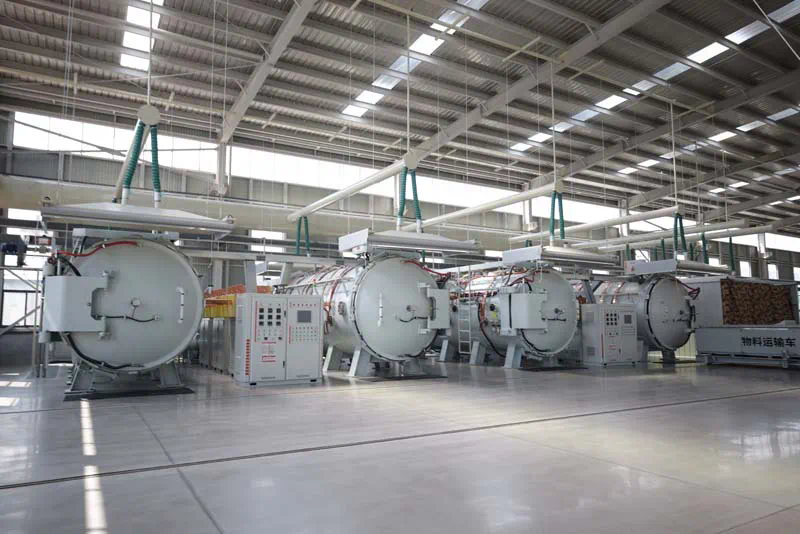Cable Tray: The Backbone of Modern Electrical Systems
Introduction
In today’s rapidly evolving technological landscape, the demand for efficient and reliable electrical systems has never been higher. From power generation to distribution, every aspect of our modern infrastructure depends on a robust network of cables that enable the seamless flow of electricity. At the heart of this network lies a crucial component known as the cable tray. In this article, we will explore the significance, types, benefits, and installation considerations of cable trays in electrical systems.
Significance of Cable Trays
A cable tray is a structural system used to support and protect cables in a variety of settings, including commercial buildings, industrial facilities, and data centers. It serves as an organized pathway for routing power, data, and communication cables throughout a facility. By securely containing multiple cables within a single unit, cable trays eliminate the need for individual conduits, saving both time and costs during installation.
Types of Cable Trays
1. Ladder Cable Tray: This type of tray consists of two longitudinal side rails connected by cross members, resembling a ladder. Ladder cable trays provide excellent cable ventilation due to their open design, making them suitable for applications with high heat loads.
2. Solid Bottom Cable Tray: Unlike ladder cable trays, solid bottom trays have a solid base, providing additional protection against dust, debris, and moisture. They are commonly used in environments where cable security and protection are paramount.
3. Wire Mesh Cable Tray: Wire mesh trays, also known as basket trays, feature a grid-like pattern formed by interconnected wires. They provide superior flexibility and allow for easy cable access, making them ideal for projects that require frequent modifications and additions.
Benefits of Cable Trays
1. Enhanced Cable Protection: Cable trays shield cables from external factors such as physical damage, moisture, and electromagnetic interference, ensuring their longevity and reliability.
2. Easy Maintenance: Cable trays facilitate easy access and identification of cables, simplifying maintenance and troubleshooting processes. This improves system uptime and reduces downtime during repairs.
3. Versatility: Cable trays can accommodate a wide range of cables, including power cables, data cables, and fiber optic cables. Their versatility makes them suitable for diverse applications in various industries.
Installation Considerations
1. Load Capacity: Before selecting a cable tray, it is essential to assess the anticipated weight of the cables it will support. Adequate load capacity ensures optimal performance and prevents structural failure.
2. Environmental Factors: Considerations such as temperature, humidity, and corrosive elements should influence the choice of material for the cable tray. For example, stainless steel trays are corrosion-resistant and ideal for harsh environments.
3. Proper Ventilation: Depending on the heat dissipation requirements, choosing a cable tray that allows sufficient airflow is crucial. Overheating can cause cable insulation to deteriorate or even lead to equipment failures.
Conclusion
Cable trays play a pivotal role in the efficient and reliable functioning of modern electrical systems. Their ability to provide cable support, protection, and easy access has made them an indispensable component in various industries. By understanding the different types, benefits, and installation considerations of cable trays, engineers and facility managers can ensure the smooth operation of their electrical infrastructure. As technology continues to advance, cable trays will remain the backbone of our interconnected world.
.webp)



